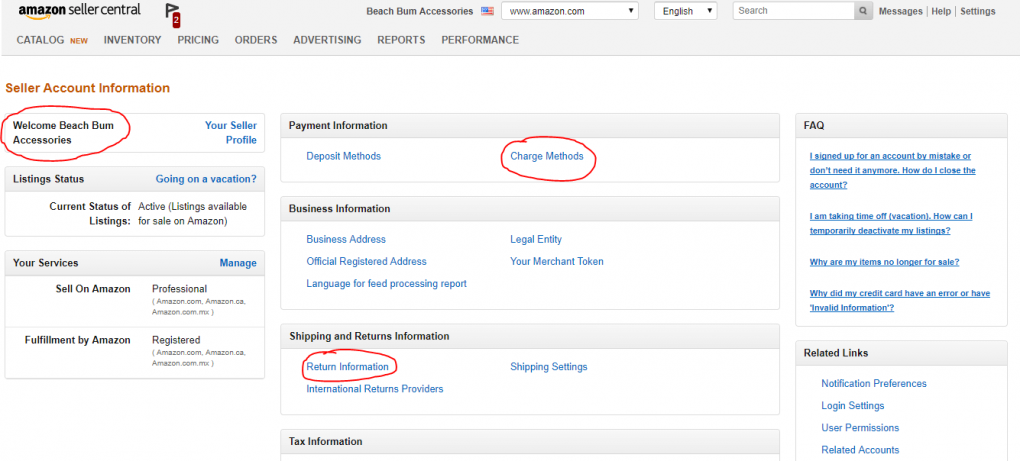

Live-stream destinations like Amazon Live can even allow you to engage with shoppers in real-time for product reveals, personalized product recommendations, and other interactive sales methods. Social media can also be a great sales channel, if your audience spends a lot of time on sites like Facebook, Instagram, or Pinterest. It also gives you an analytics dashboard so you can track sales, reviews, prices, and other key performance metrics. An Amazon storefront comes along with built-in infrastructure for processing payments, managing customer reviews, and more. You might want to use your own website, set up shop on an established selling website like Amazon-or do both! You can design and build an ecommerce store from scratch, or use a tool like the Amazon Stores builder to create a custom, immersive ecommerce website experience. What are you trying to sell? Who are you trying to reach? Your answers can help determine which channels to use to best reach customers.

Customer service: Check to see if the supplier offers customer service and how responsive they are to inquiries.This will help you set realistic expectations for customers. Delivery times: Find out how long it takes for the supplier to deliver orders.Don't forget to factor in shipping costs, as well.

Price: Compare prices between different suppliers to get the best deal.Check customer reviews, ask for samples, and read through their terms and conditions. Quality: Make sure the supplier you choose is reliable and provides quality products.


 0 kommentar(er)
0 kommentar(er)
